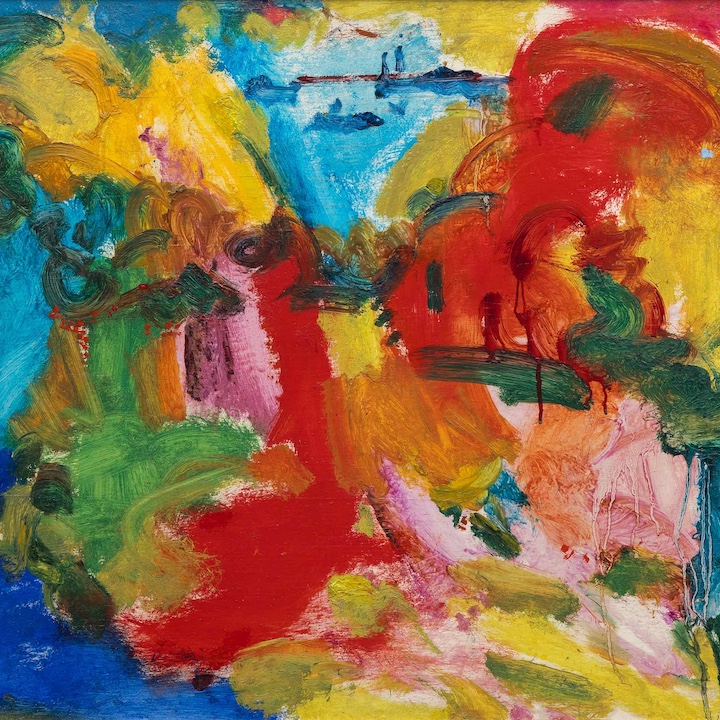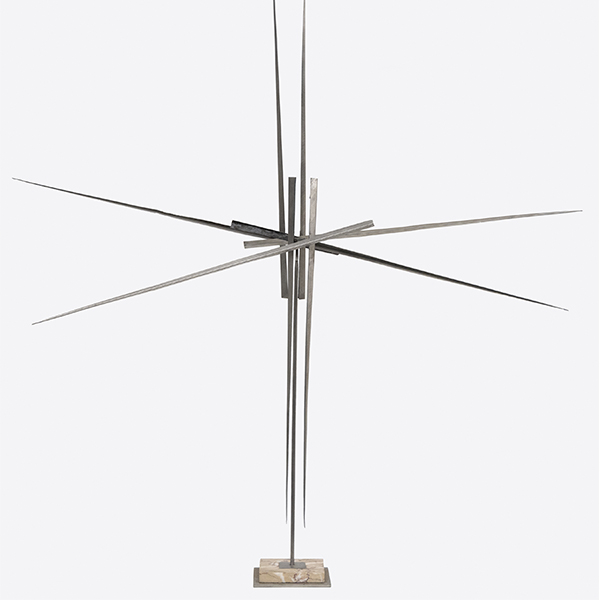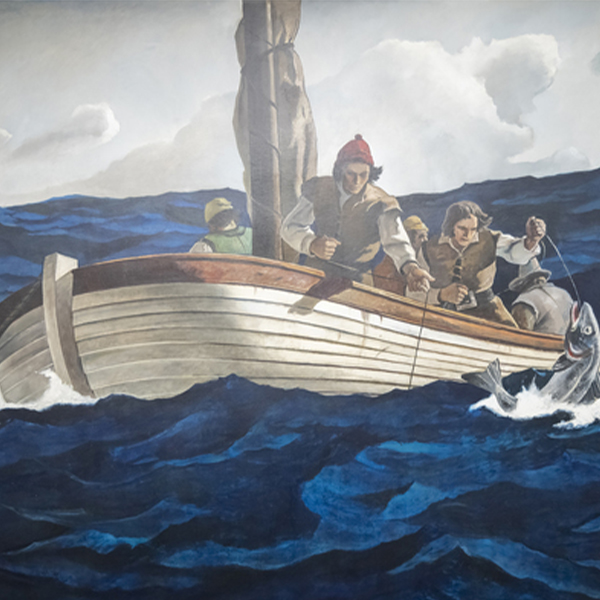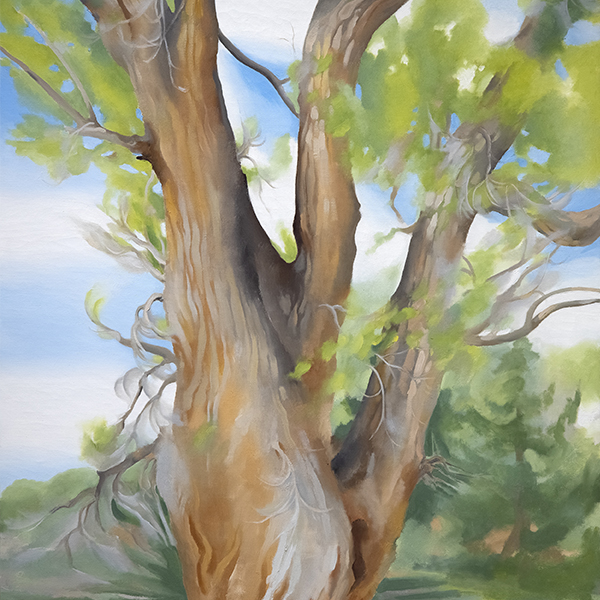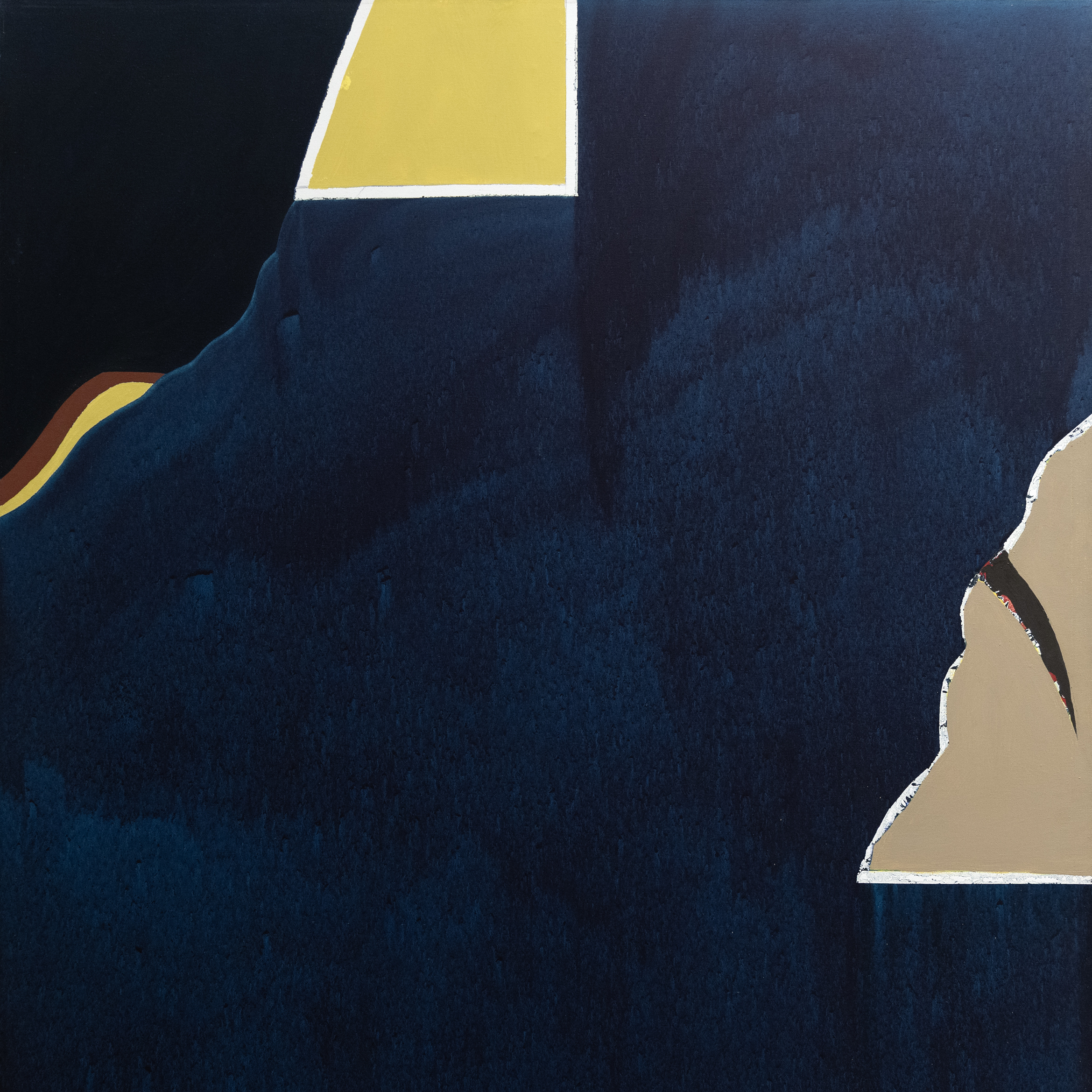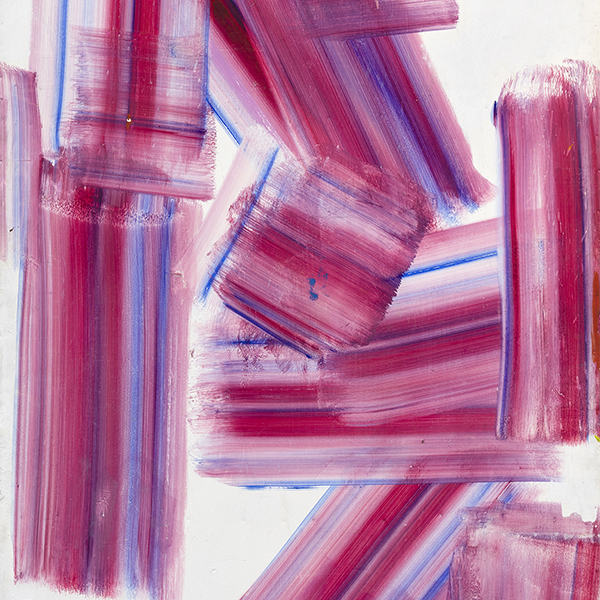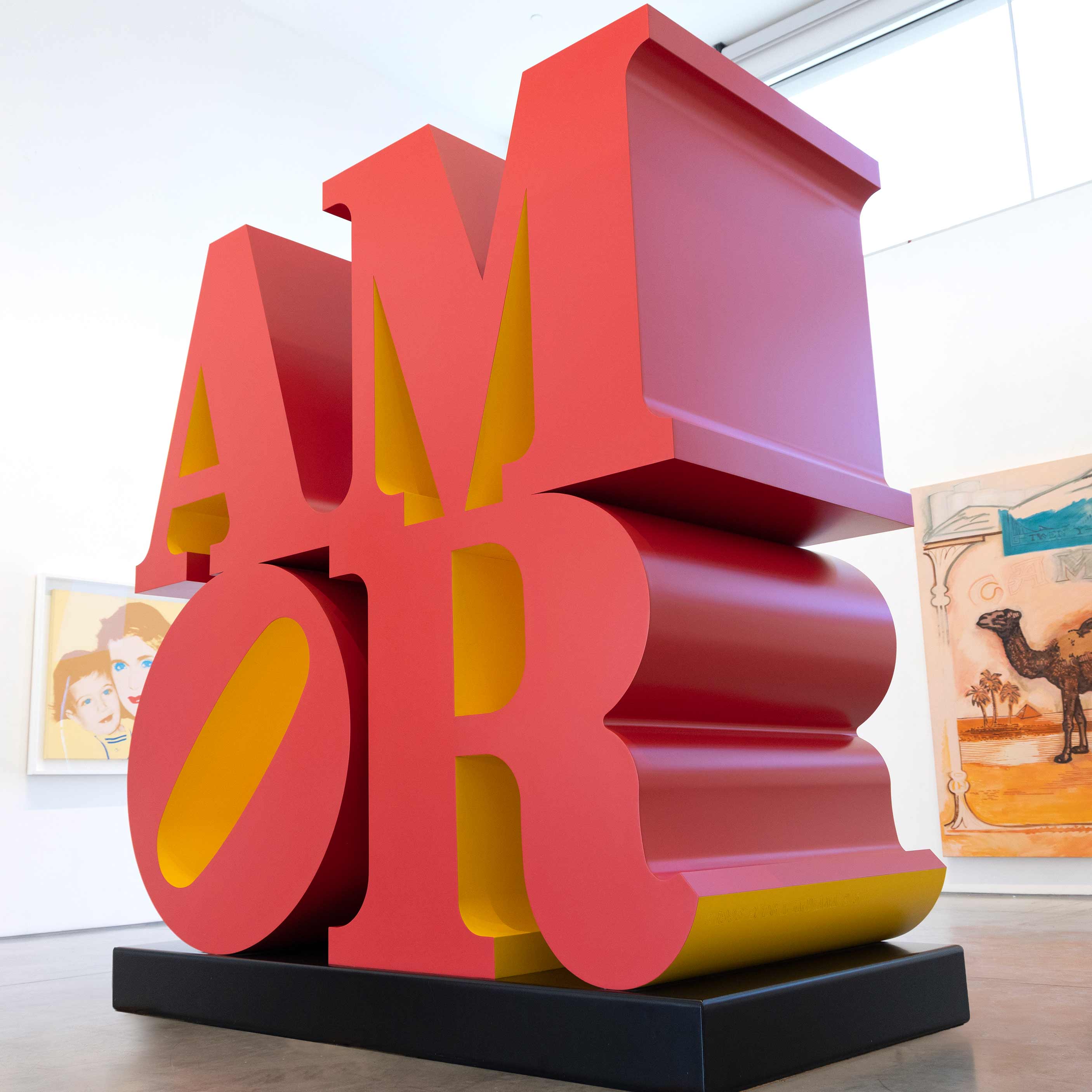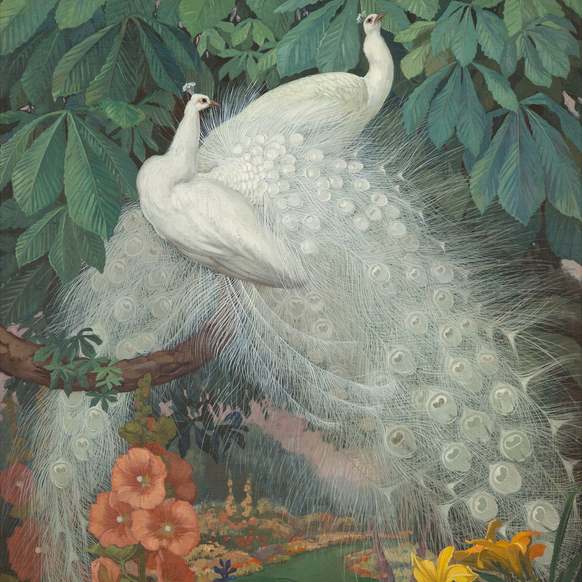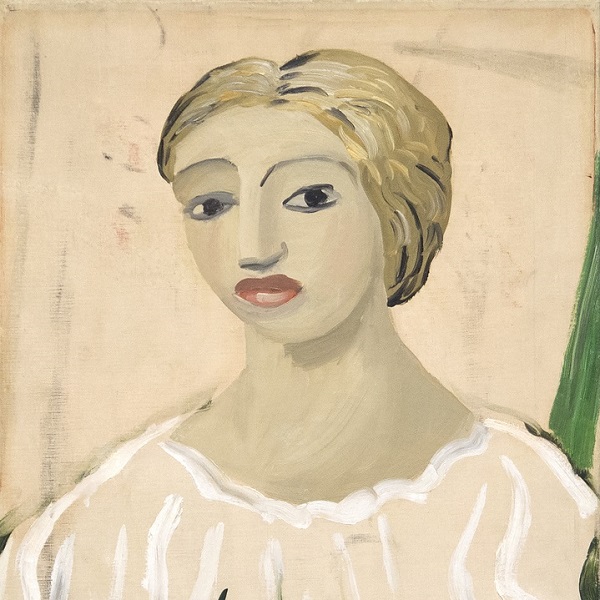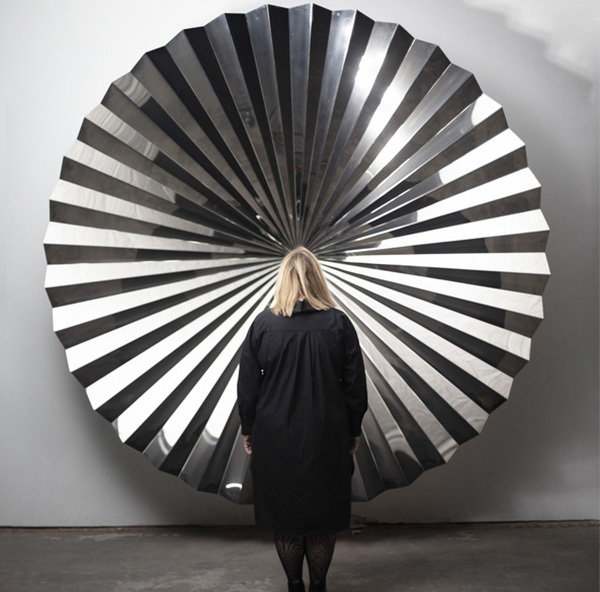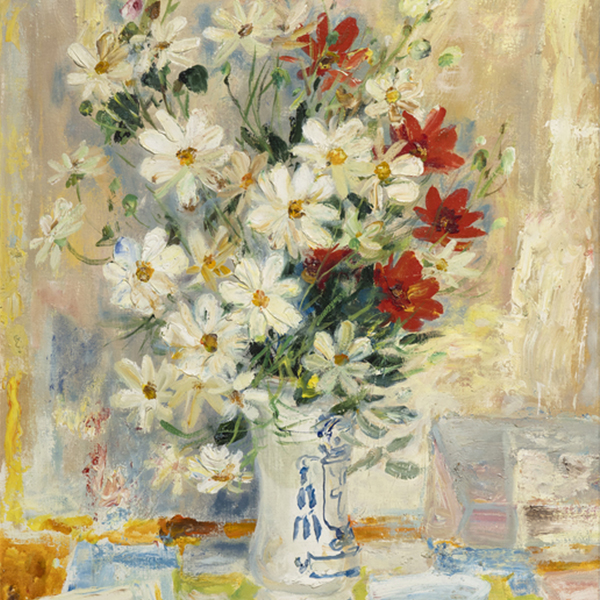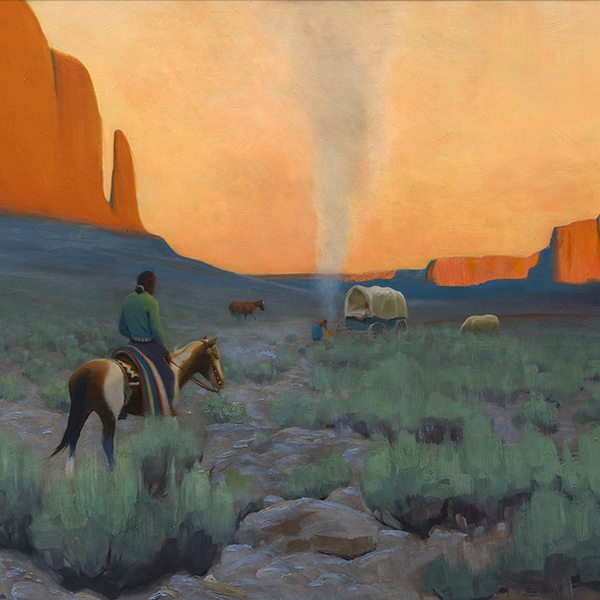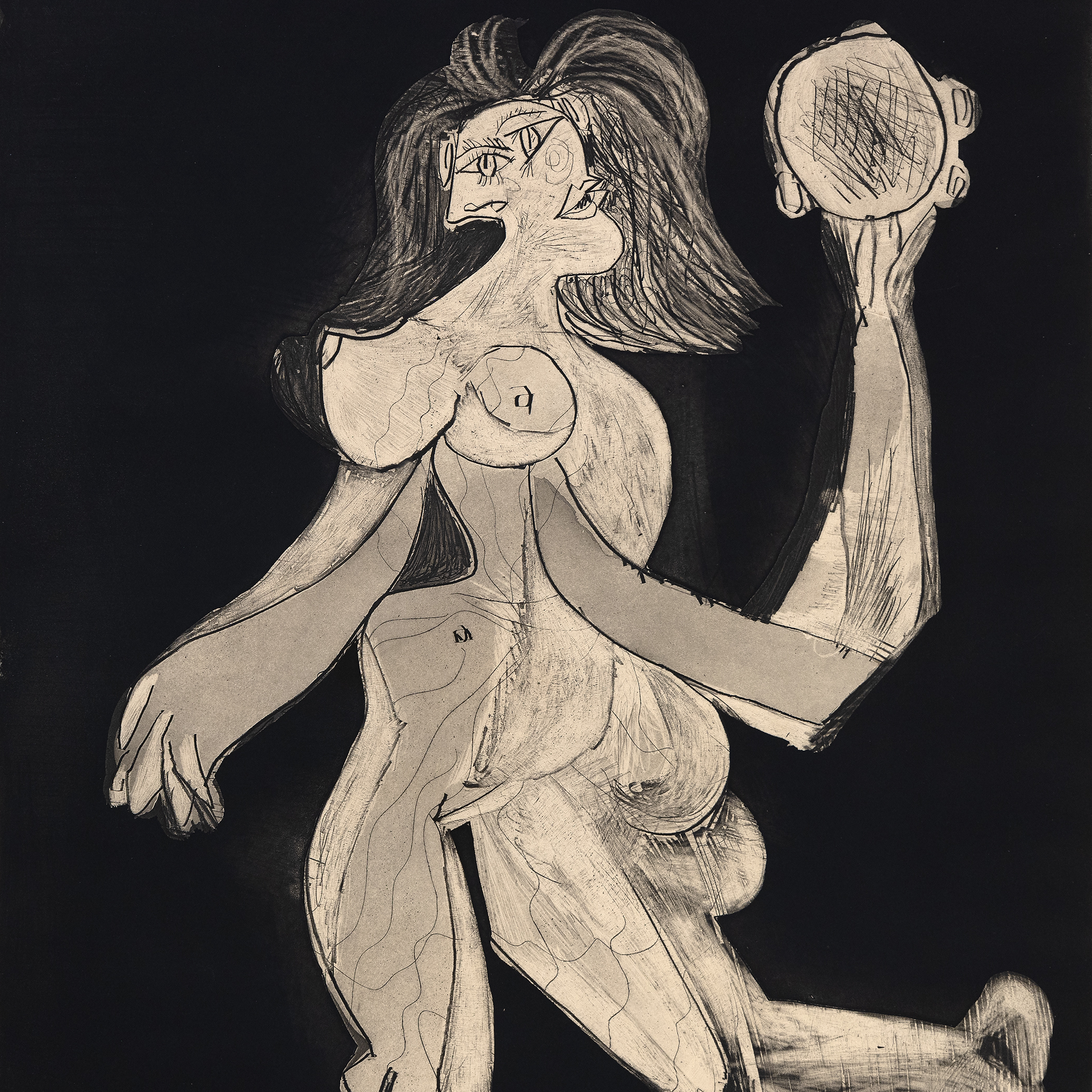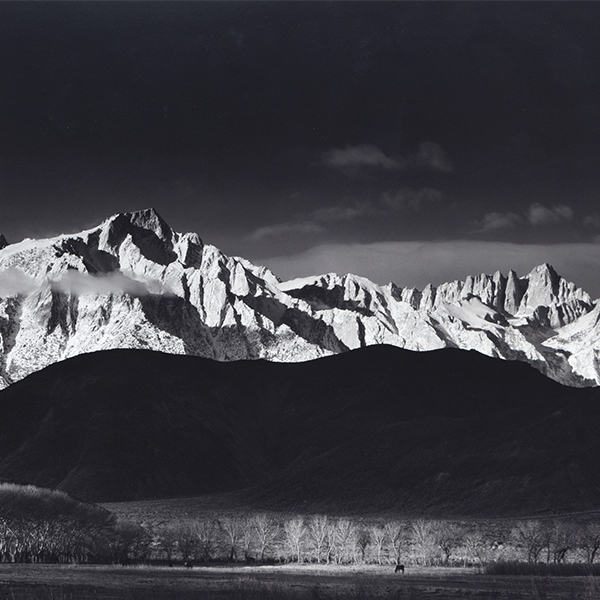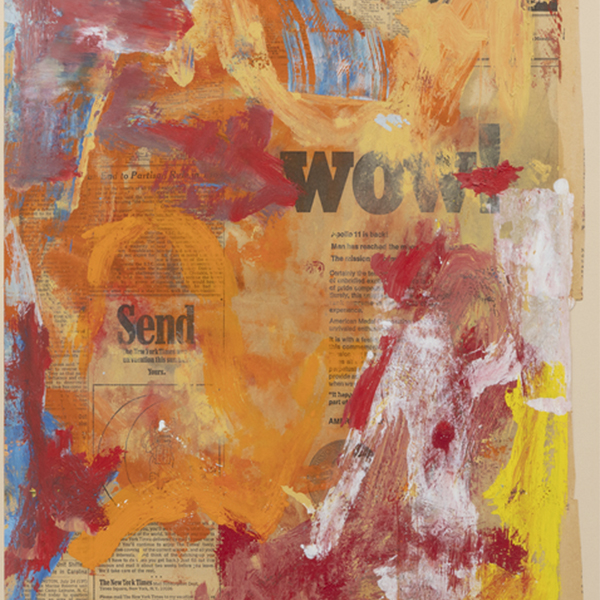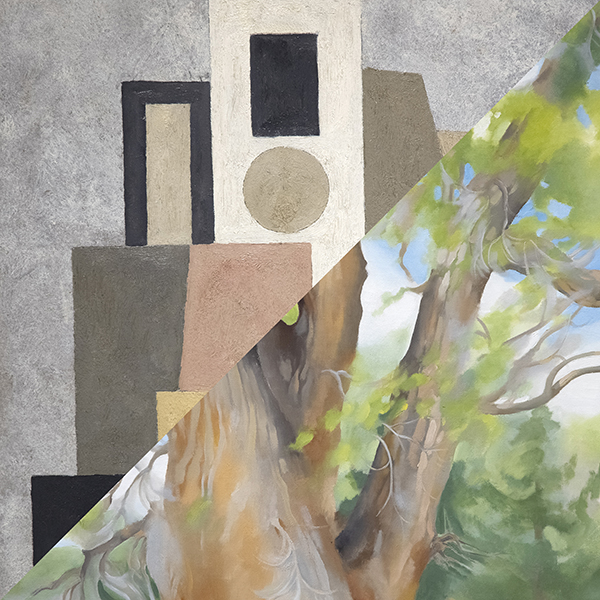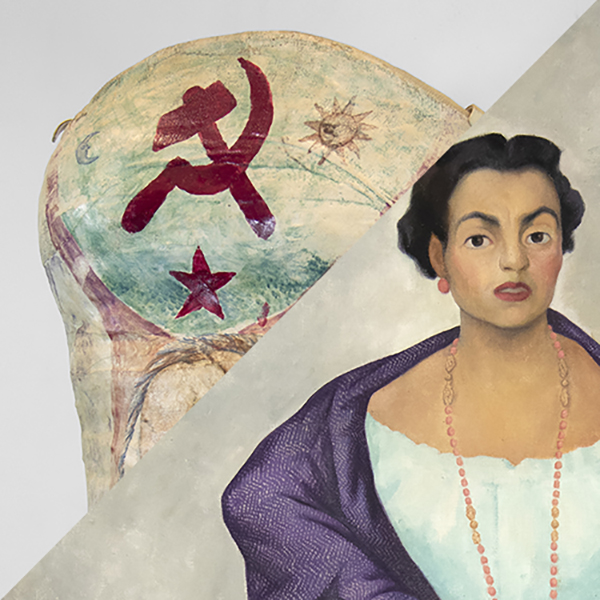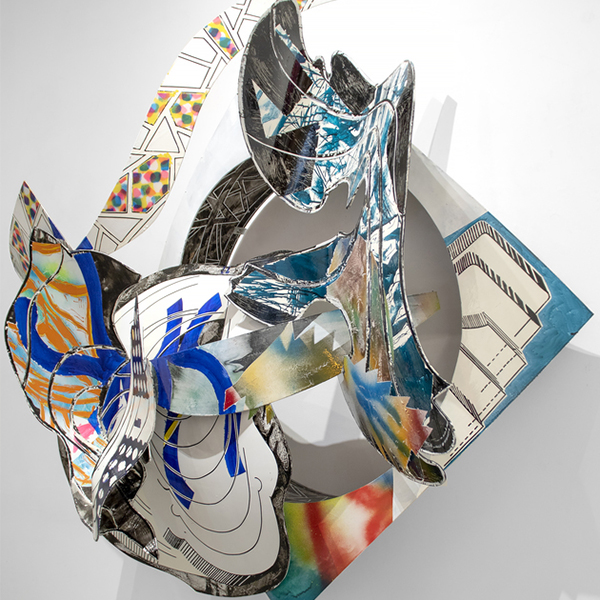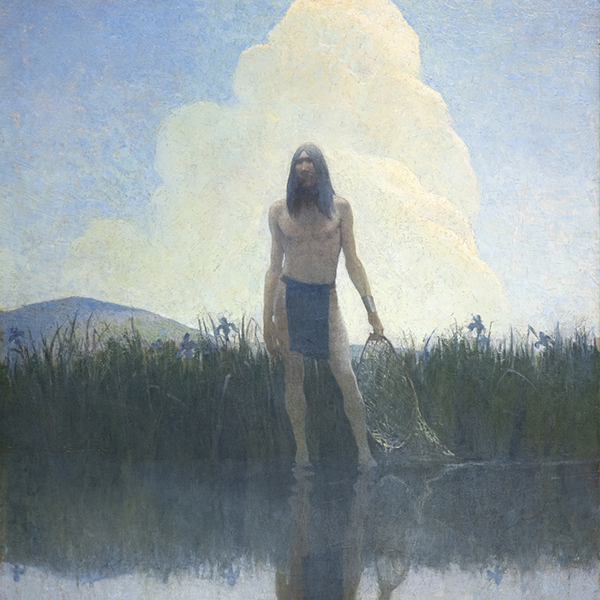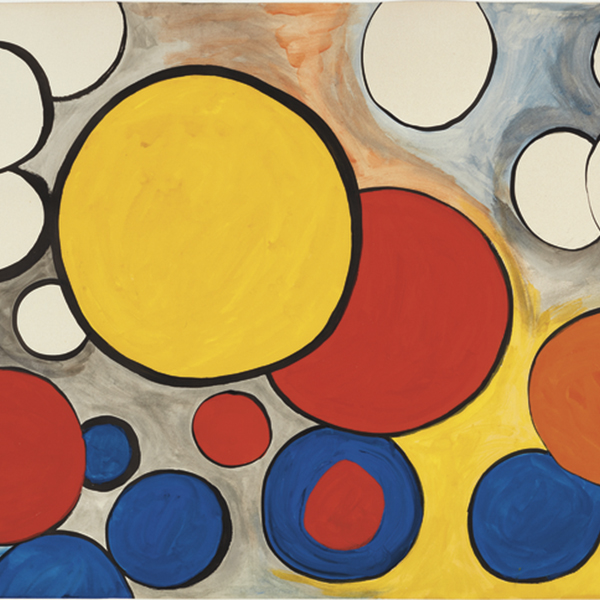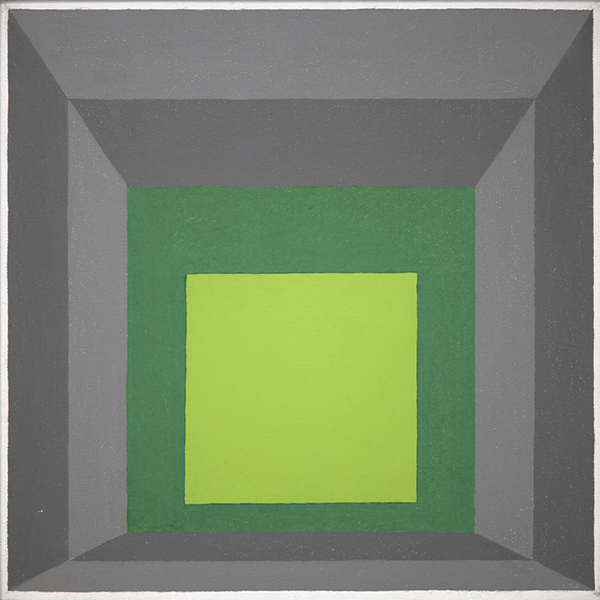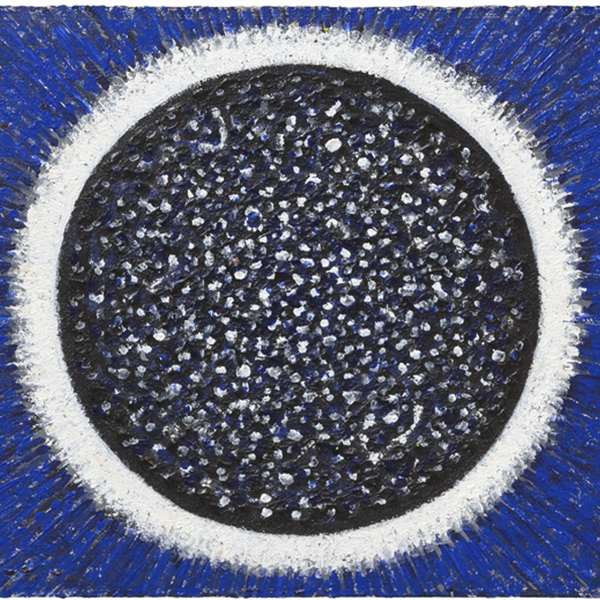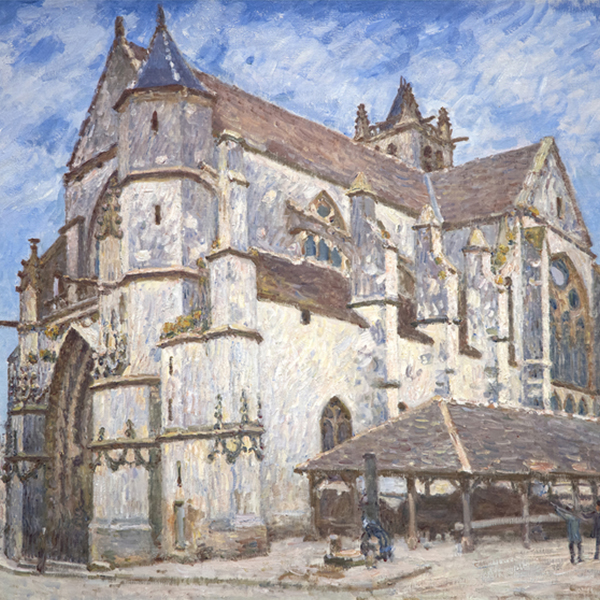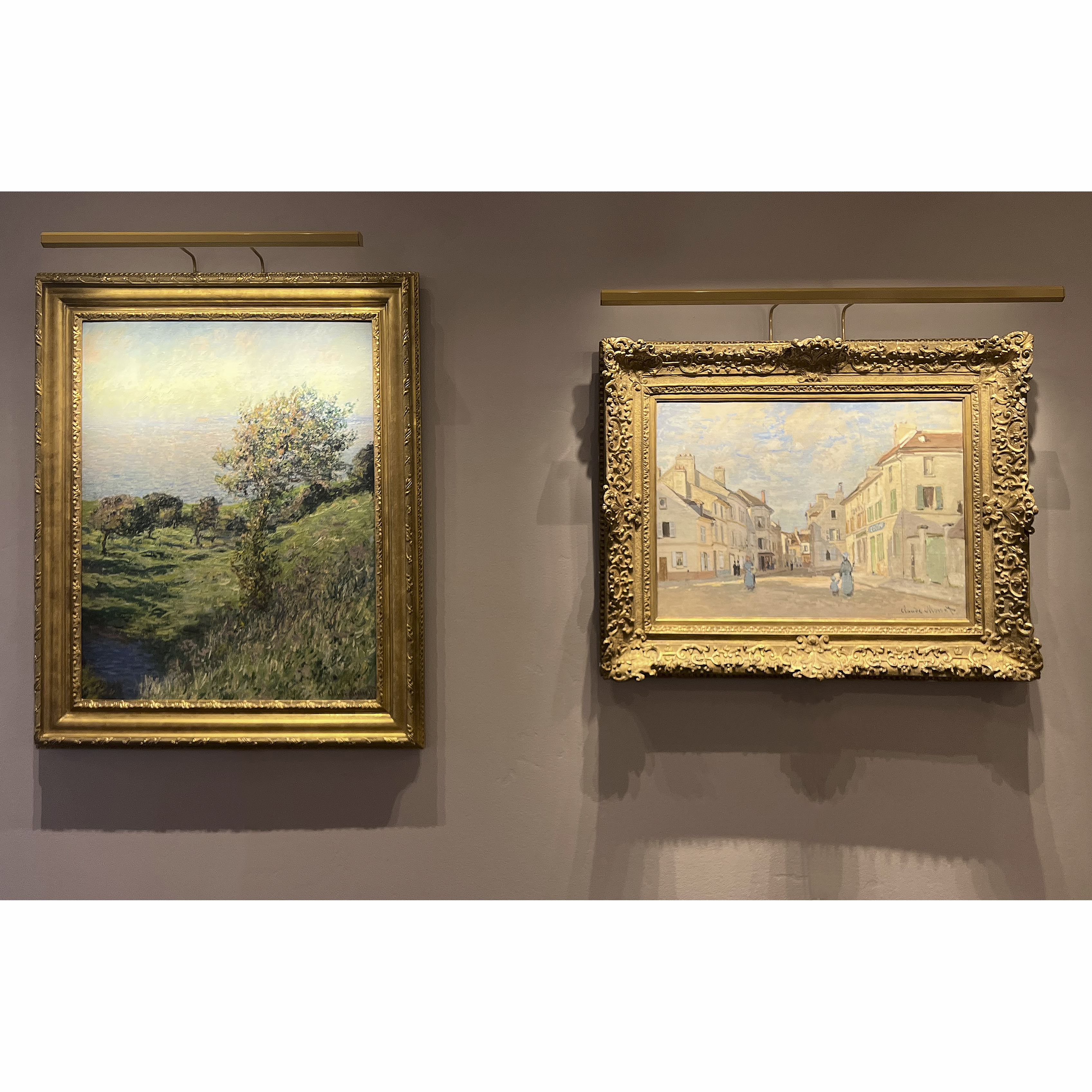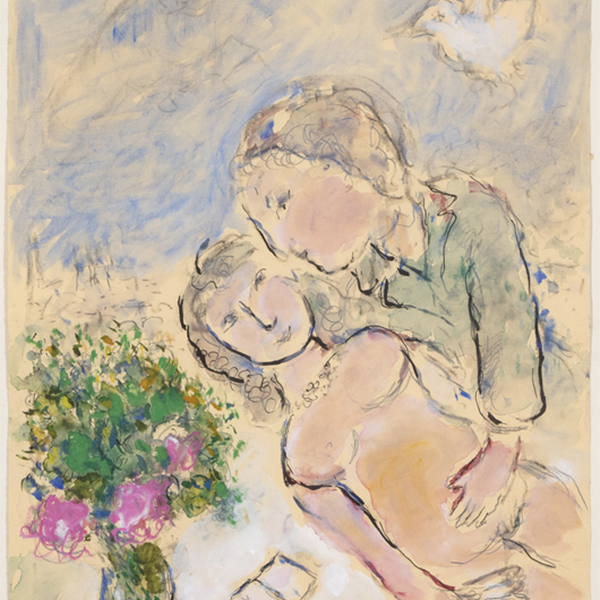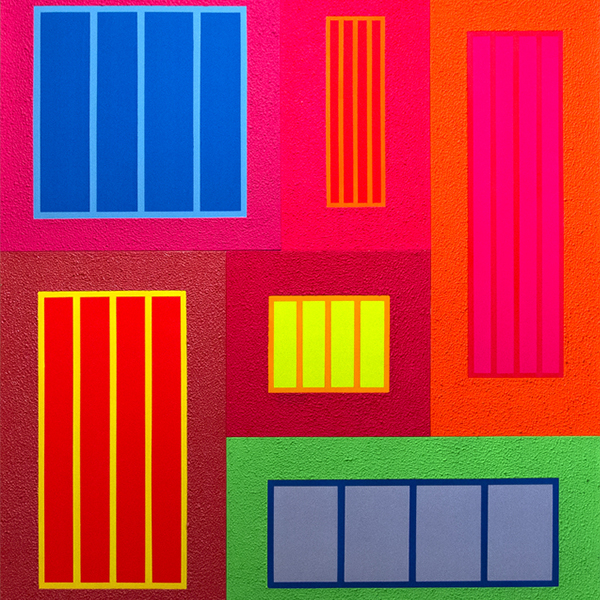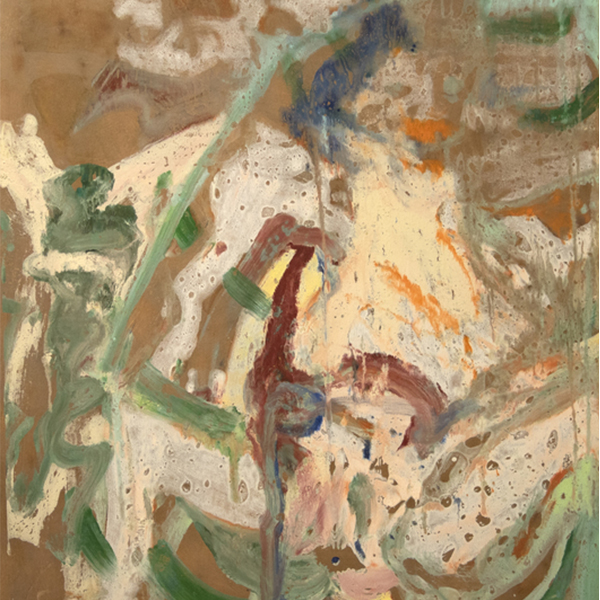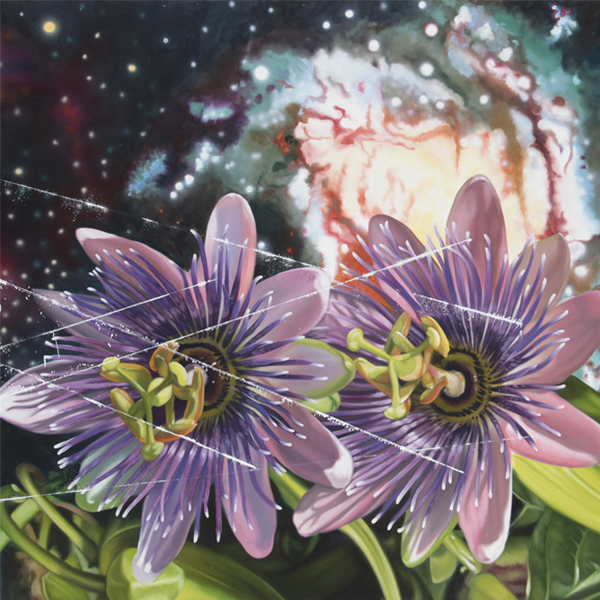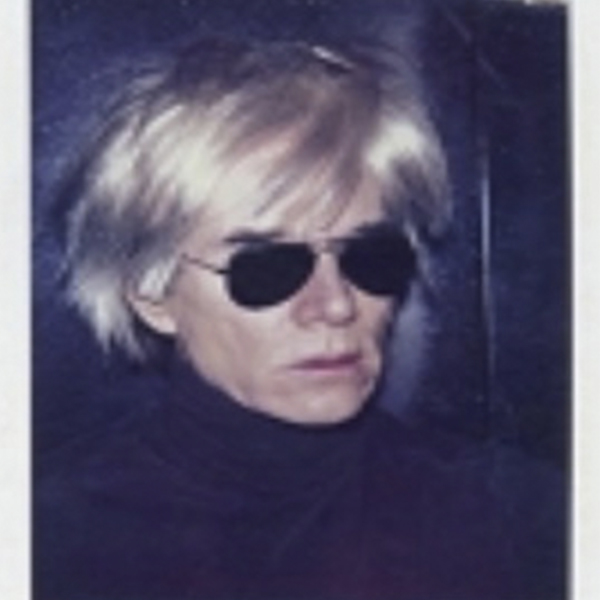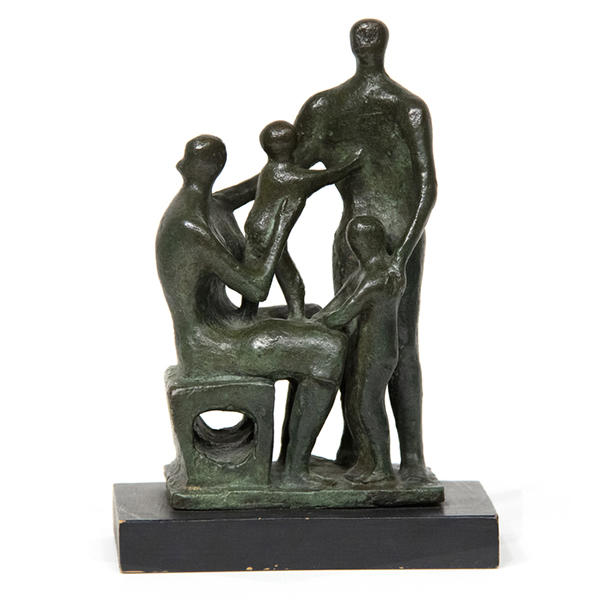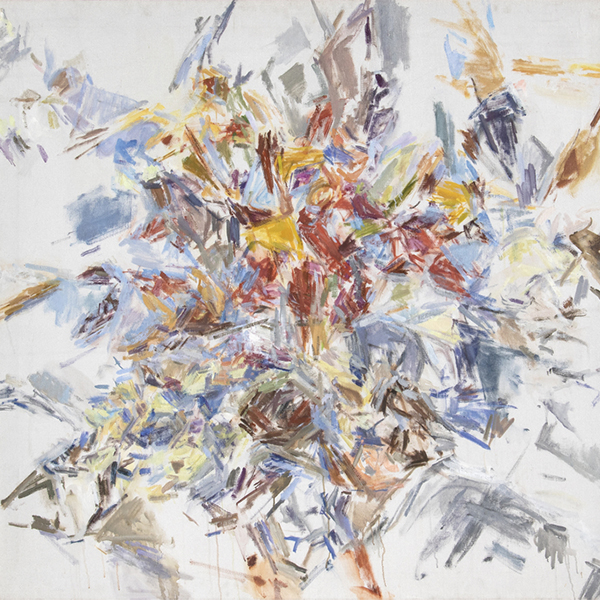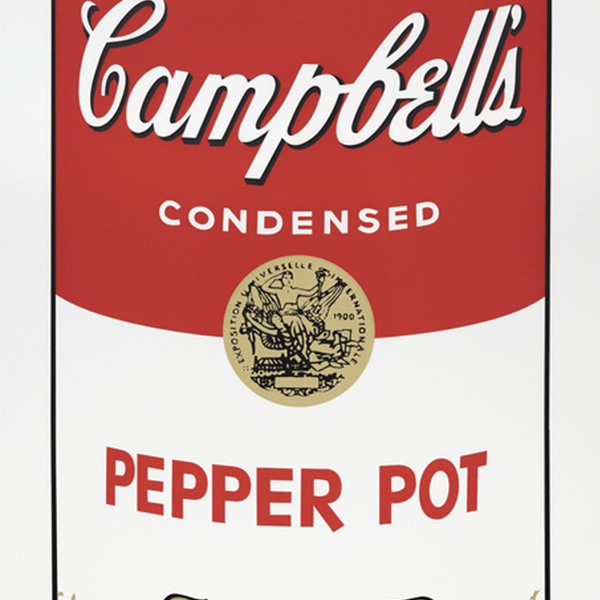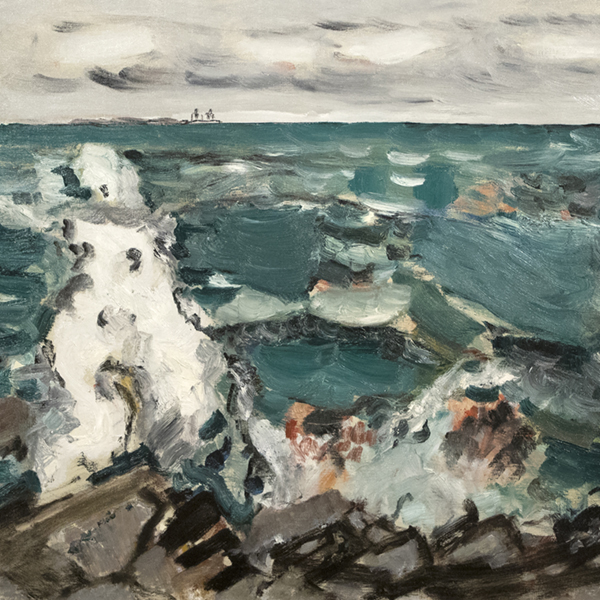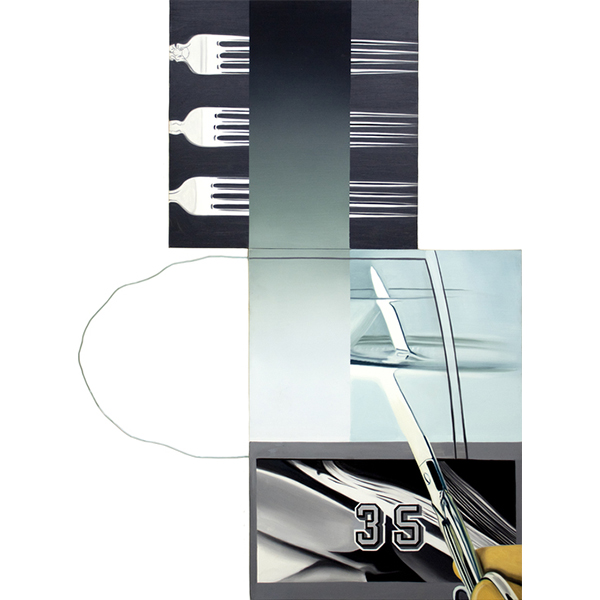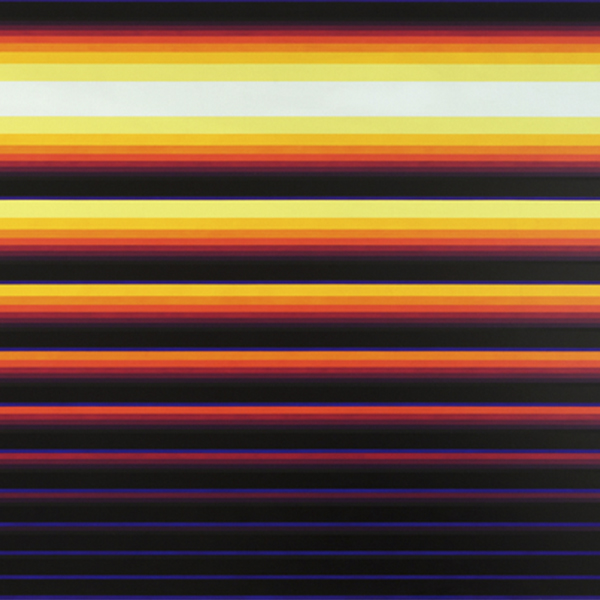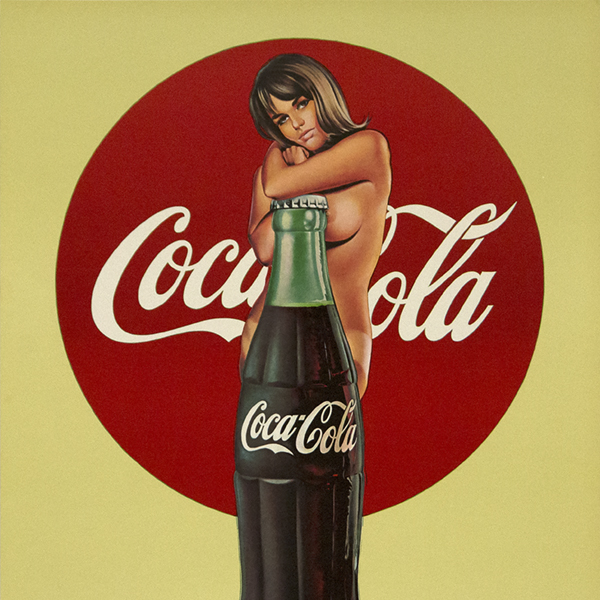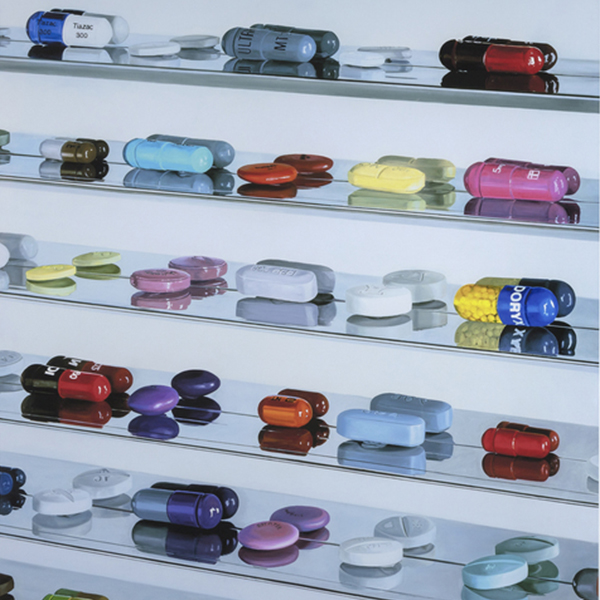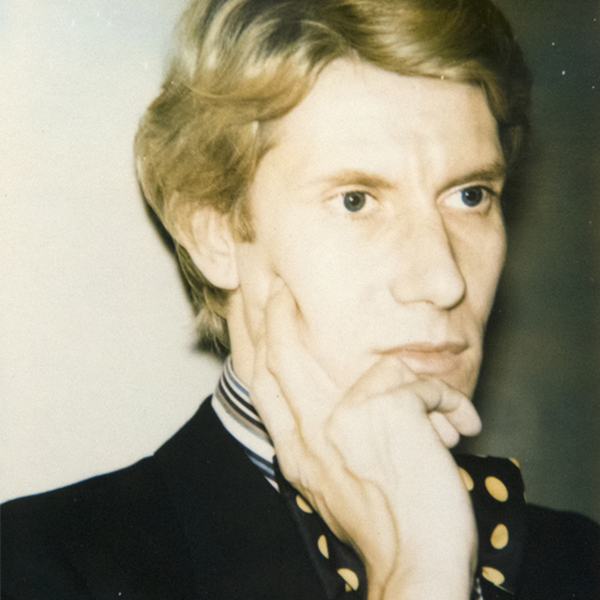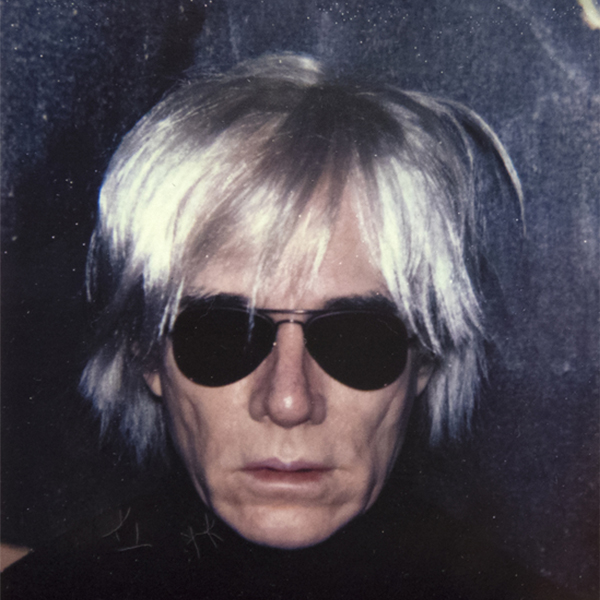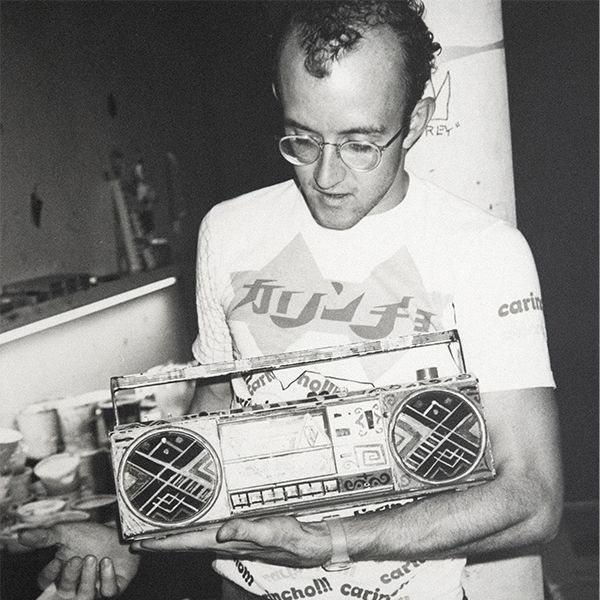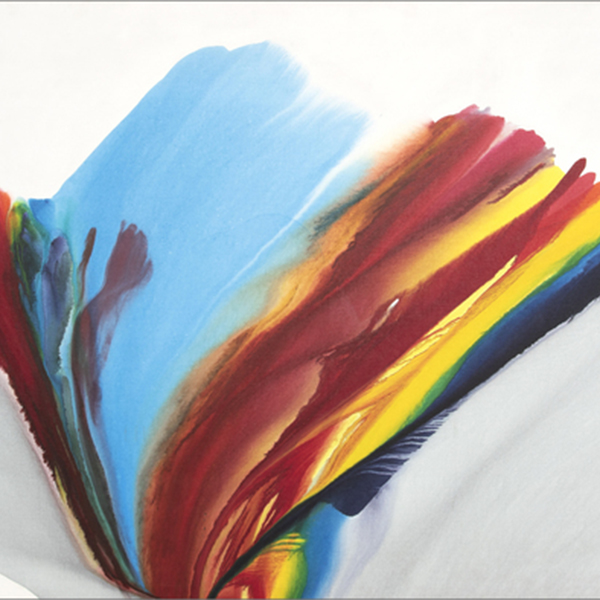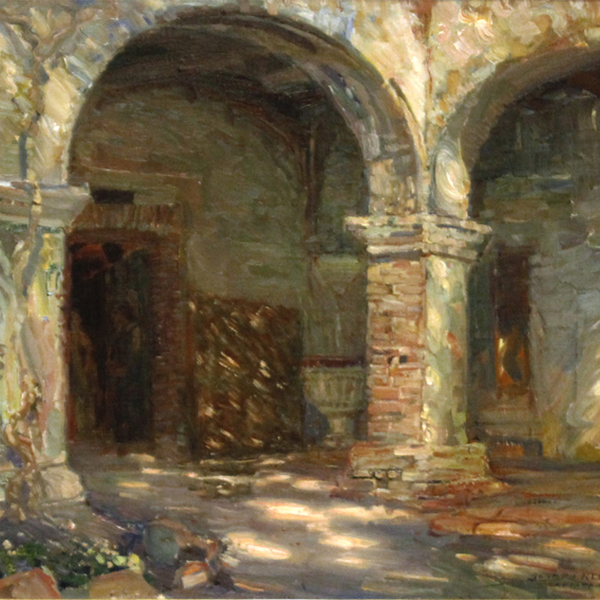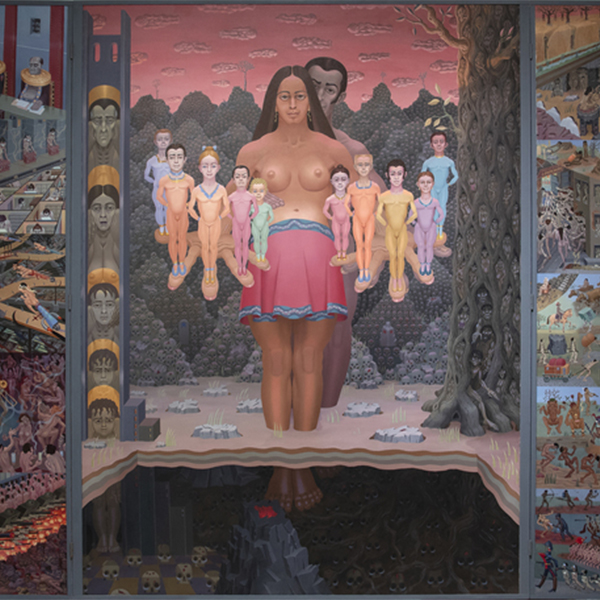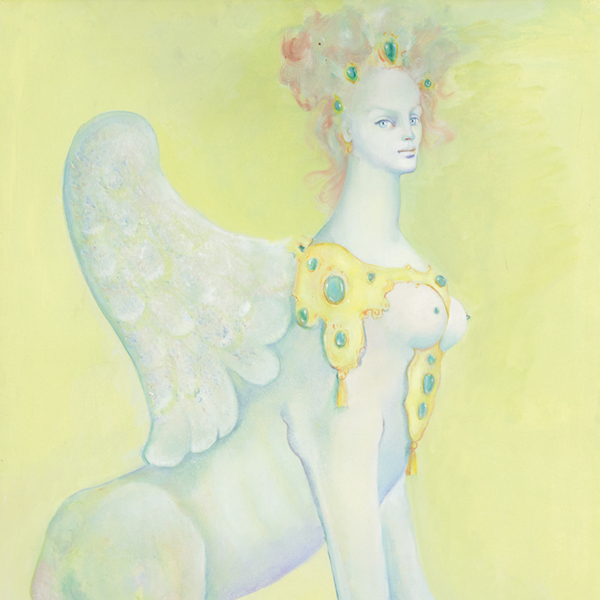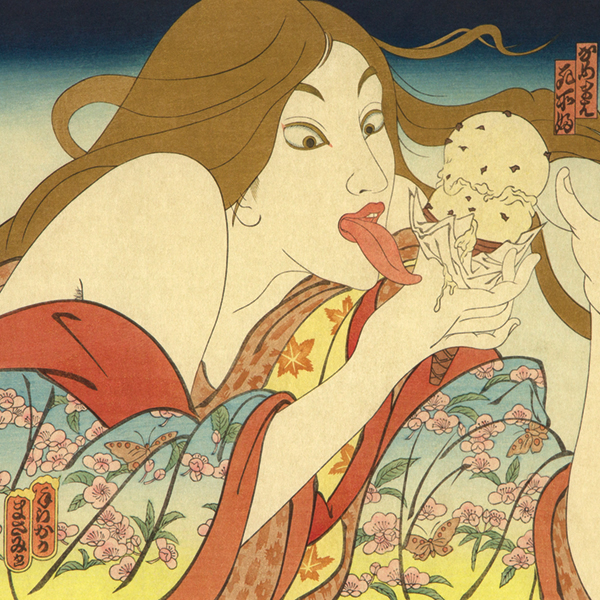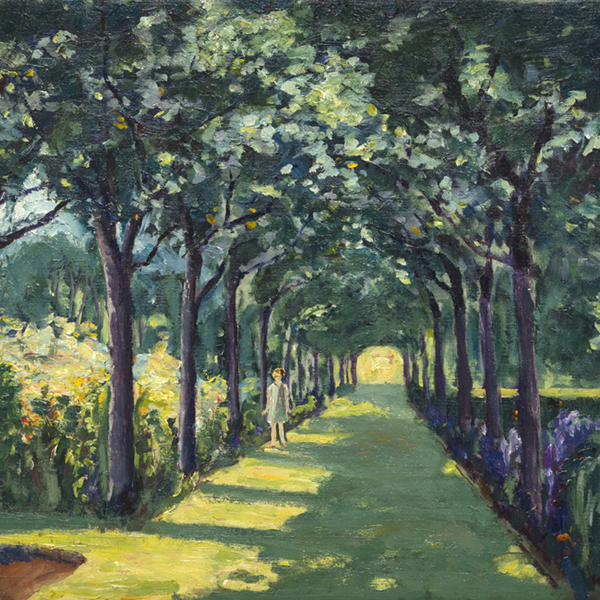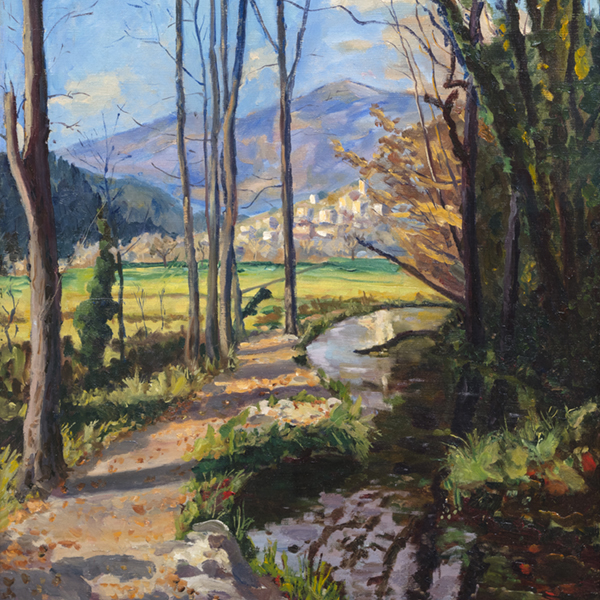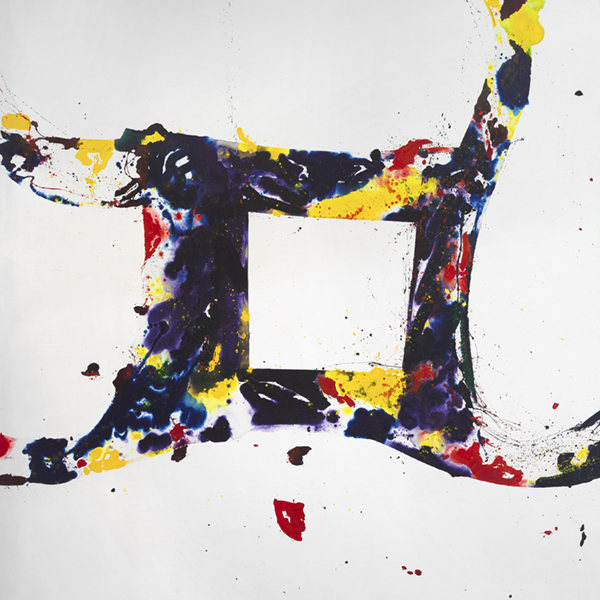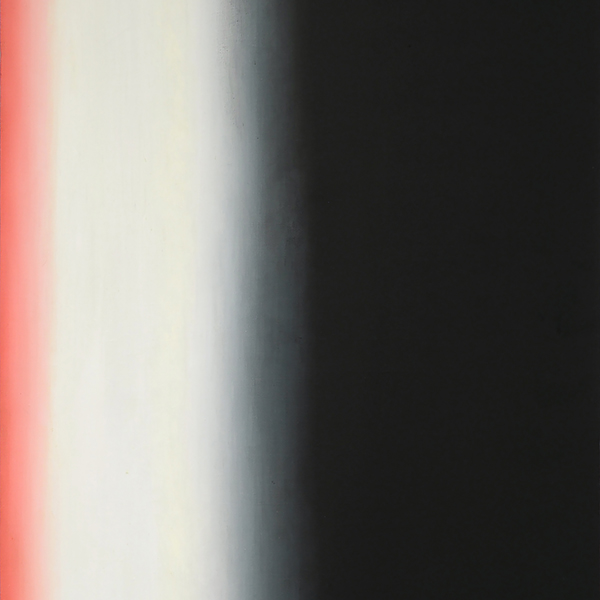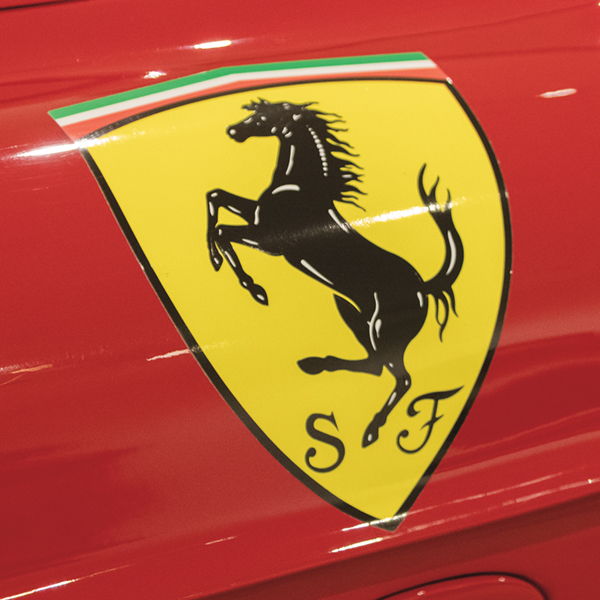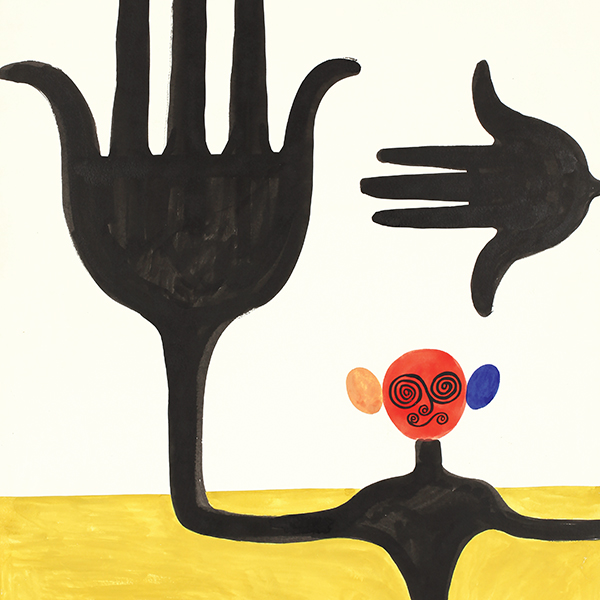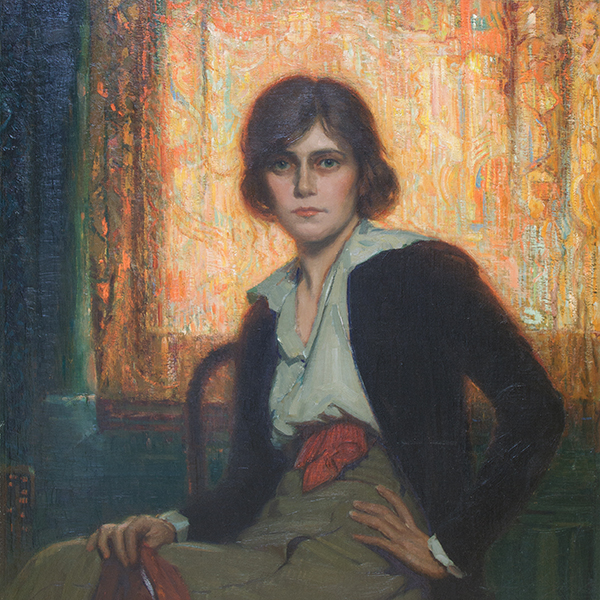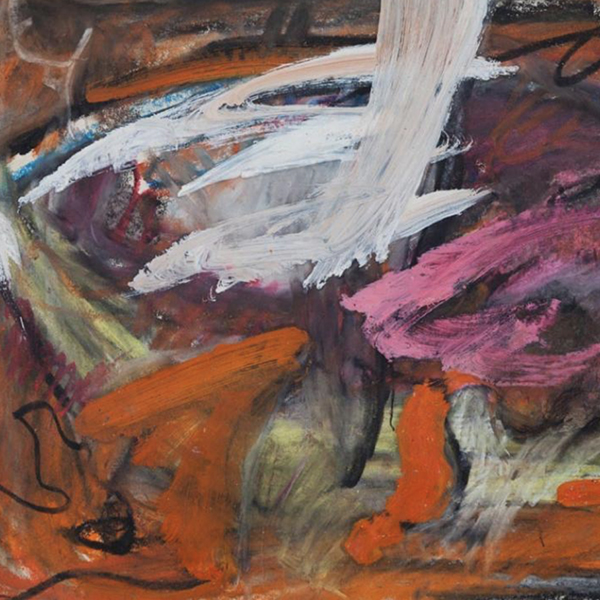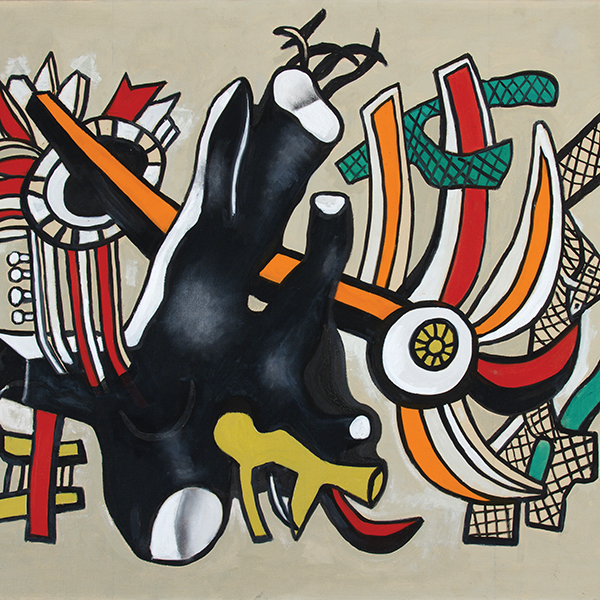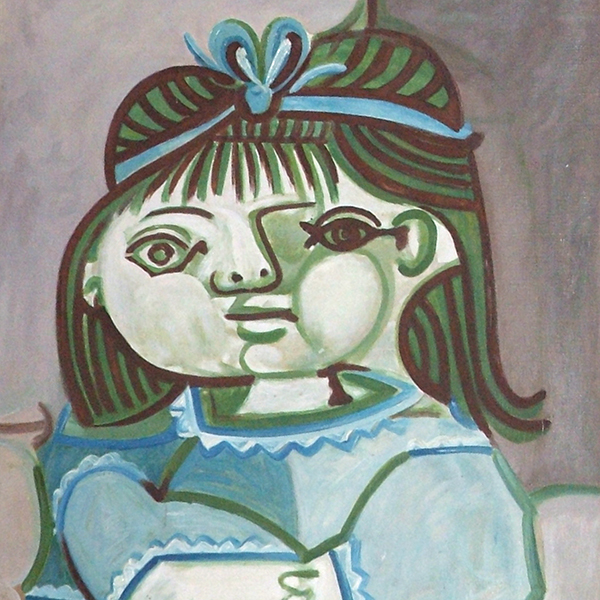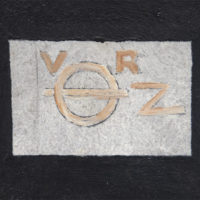Please contact the gallery for more information.
2024
2023
2022
2021
2020
2019
2018
2016
2015
2014
2011
2010
2009
History
While often mentioned in the same breath as Arthur Dove, John Marin, or Georgia O’Keeffe, Marsden Hartley was America’s first great modern painter of the twentieth century. Between 1912 and late 1915, he produced paintings that synthesized Cubism and modern European trends, mixed in western motifs with mysterious symbols, and achieved a highly personal manner of expression that emulated Cubism yet repurposed its formal character. His was a two-fisted approach that strengthened the fragile geometries of Cubism to create something more tangible and muscular. He might have been a Jackson Pollock-like figure in the years following the next war, but here, with his unique temperament and idealism he offered an alternative path forward for Picasso’s and Braque’s absolutism.
But Hartley was also a highly peripatetic artist. He wandered to virtually every cultural center in a restless quest, a prominent member of the like-minded, pro-modernists at the dawning of Alfred Stieglist’s 291 Gallery in 1909, a weekly invitee to Gertrude Stein’s private studio-mecca often referred to as ‘the first modern museum’ and later, something of a celebrity in Berlin where he comingled with Blue Rider Expressionists, accepted by Wassily Kandinsky, no less, and Franz Marc. An undammed series of stopovers followed his reluctant return to America in December 1915: Provincetown, Bermuda, Taos, Santa Fe, California, among others. Yet his life and career were an odyssey not merely of location, but of a serious act of self-realization unmatched among the annuals of American art history.
When Hartley painted Abstraction the winter of 1916-17, he was engaged in one of the most brazened protean shifts of his career (and there were many). The calm patter of seaside Provincetown and the trip he took with Arthur Dove to Bermuda facilitated the change, but it was America’s anti-German sentiment and subsequent rejection of the colorful pomp and formalistic helmets and regimental insignia of his so-called ‘Germanic Group’ that prompted a turn toward a new form of Cubism that emphasized flat surfaces, overlapping geometric planes, and the primacy of geometric structure rather than the formal study and decomposition of subject matter. These paintings are characteristic of ‘Synthetic Cubism’ and are contemporaneous, if not antecedent to similar works of Picasso, Braque, and Gris. For Hartley, these are truly non-objective, geometric abstractions that no one understood or appreciated, of a sort not to be seen in America for ten years or more. What they did provide Hartley was an opportunity to distance himself from the emotion and pain of his Berlin experience and to explore pure, formal abstraction.
MoreMARKET INSIGHTS
-
The record price for a Marsden Hartley painting at auction was set in May 2019 when “Abstraction” (1912-1913) sold for over $6.74 million USD.
-
That painting sold at auction nearly 10 years earlier (November 2000) for $2.2 million USD, an increase in value of 205.77%.
-
Of the top 5 auction records for Hartley, 4 are from this formative early period before 1920.
Top Results at Auction





Comparable Paintings Sold at Auction

-
Larger example from the same period
-
Comparable abstract composition
-
Set the record price for Hartley at auction in 2019

-
Larger example from the same period
-
Similar composition of stacked abstract shapes
-
Sold for over $2.7M at auction 20 years ago

-
Same size and period
-
Sold for over $1.87M more than 10 years ago

-
Smaller example from the same period
-
Comparable medium, though a darker palette
-
Sold for over $1.76 nearly 12 years ago



